There’s something timeless about wandering through a downtown where every corner tells a story. Across America, certain cities have built or revived their centers to encourage exploration on foot, blending history, art, and modern life seamlessly. Many of these walkable downtowns date back to the 18th and 19th centuries, though they’ve been beautifully restored over time. From cobblestone lanes to waterfront promenades, these spots invite you to slow down, take in the architecture, and discover what makes each city pulse with charm.
1. Charleston, South Carolina
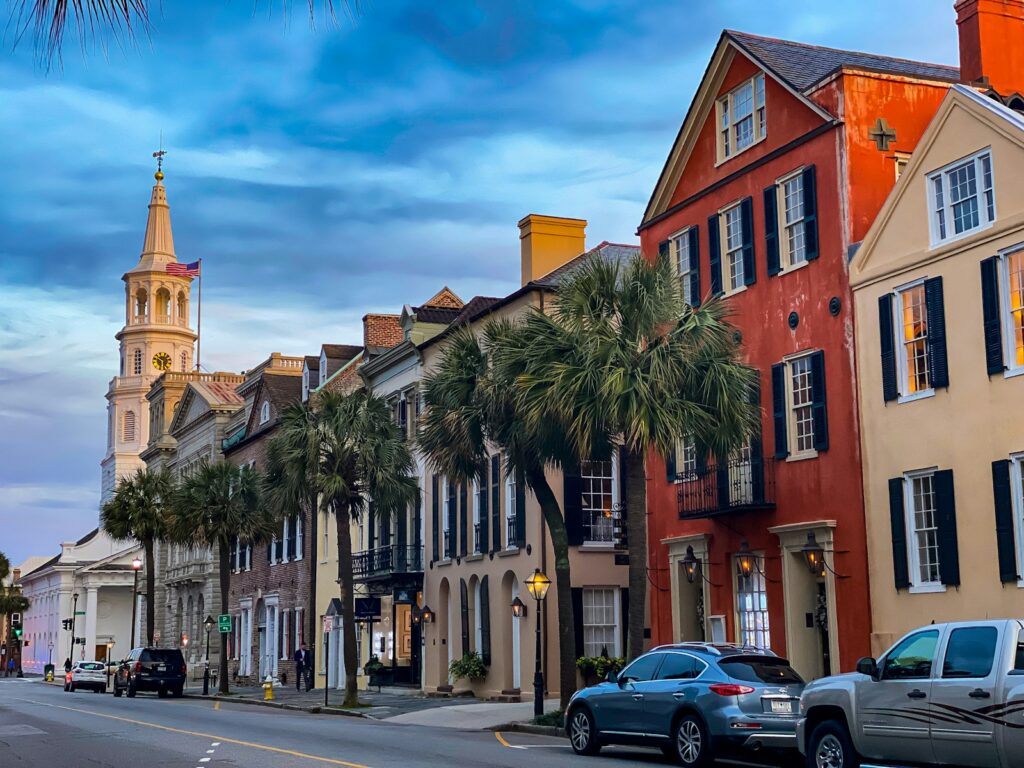
Founded in 1670, Charleston’s downtown exudes Old World allure with pastel-painted homes, horse-drawn carriages, and centuries-old churches. The city’s grid layout, developed in the 18th century, makes it perfect for strolling. King Street offers boutique shopping and local eats, while the Battery and Waterfront Park let you wander along scenic harbor views. Revitalized in the late 1900s to preserve its heritage, Charleston’s compact downtown feels like stepping into a living museum filled with Southern grace and seaside air.
2. Boston, Massachusetts
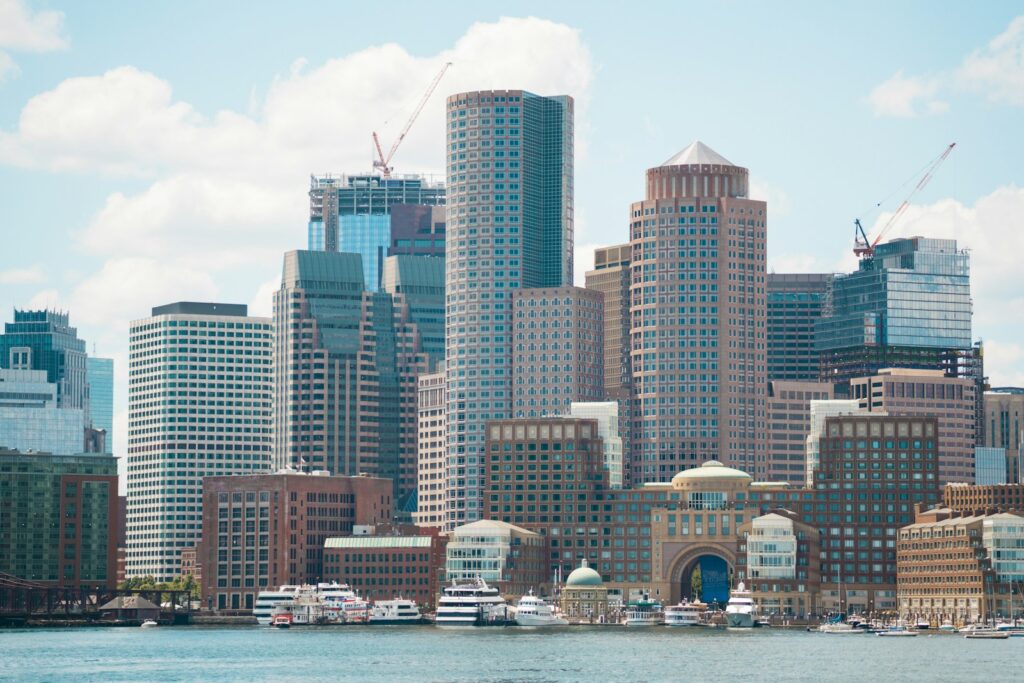
One of America’s oldest cities, Boston’s downtown was shaped in the 1600s and remains a walker’s paradise. The Freedom Trail, built in 1951, ties together 16 historic sites through a red-brick path guiding you past markets, meeting halls, and colonial landmarks. Downtown Crossing and Quincy Market buzz with street performers and cafés. Boston’s charm lies in its blend of history and innovation, cobblestones meet skyscrapers, and centuries-old pubs share streets with sleek shops, making every walk both nostalgic and new.
3. San Diego, California
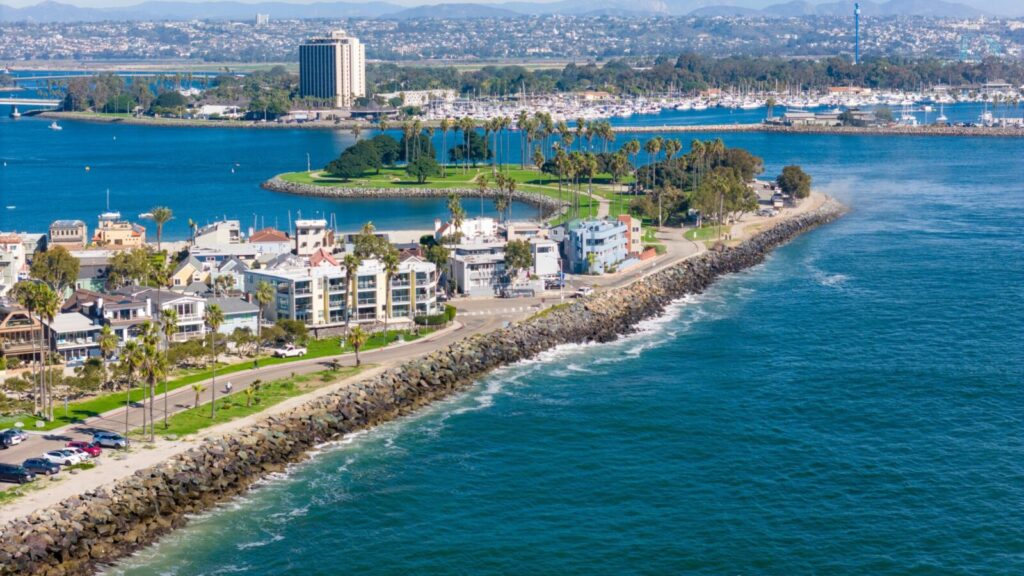
Downtown San Diego began to take shape in the 1860s, anchored by the lively Gaslamp Quarter. What was once a Victorian-era district fell into decline mid-century, then experienced a stunning revival in the 1980s. Today, it’s 16 walkable blocks teem with restaurants, galleries, and rooftop bars. The harbor walk leads straight to Seaport Village and the USS Midway Museum. With near-perfect weather year-round, downtown San Diego feels effortlessly walkable, urban energy wrapped in ocean breeze.
4. Portland, Oregon
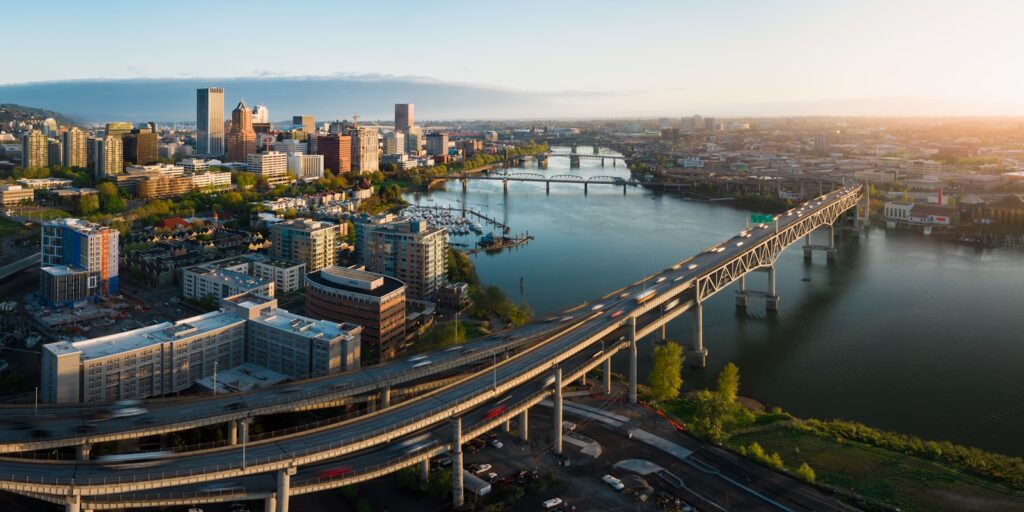
Downtown Portland was designed in 1845, famous for its small city blocks and people-first planning. Revitalization efforts in the 1970s prioritized parks, transit, and bike lanes, setting the tone for sustainable city living. The area’s layout encourages exploration. Powell’s City of Books, Pioneer Courthouse Square, and Saturday Market are all steps apart. Add in coffee shops on every corner and easy access to the waterfront, and Portland’s downtown feels cozy, creative, and wonderfully walkable in every sense.
5. Savannah, Georgia
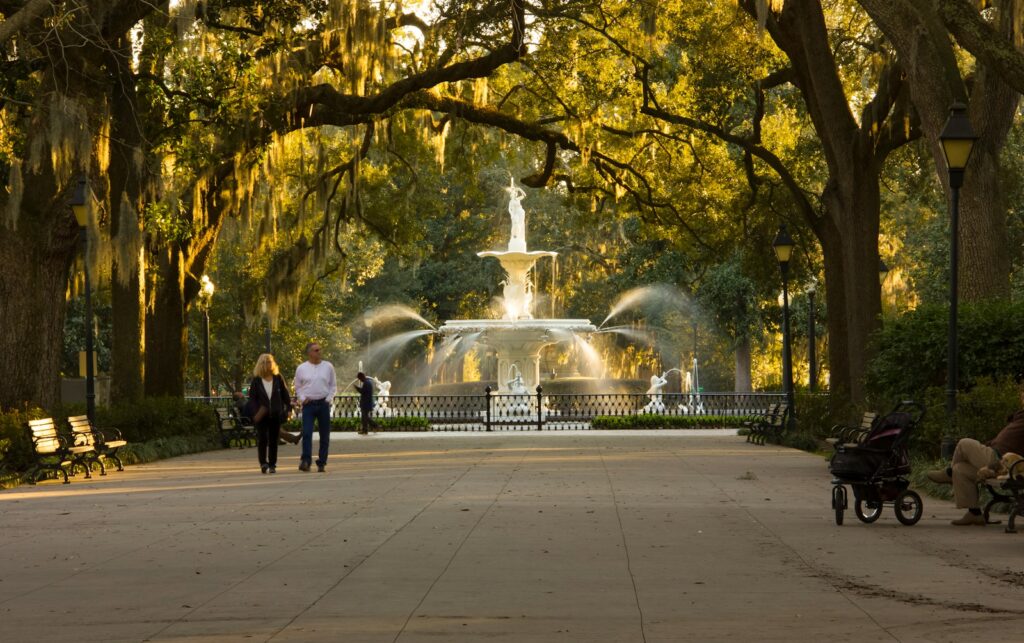
Established in 1733, Savannah’s downtown is one of America’s oldest planned cities, known for its 22 public squares shaded by oak trees and dripping Spanish moss. The layout, designed by General James Oglethorpe, makes walking a joy; each square tells a different story. Restored in the 1950s after decades of neglect, downtown now thrives with art galleries, ghost tours, and riverfront strolls. The cobblestone streets whisper history, yet the air hums with youthful charm and Southern hospitality.
6. Chicago, Illinois
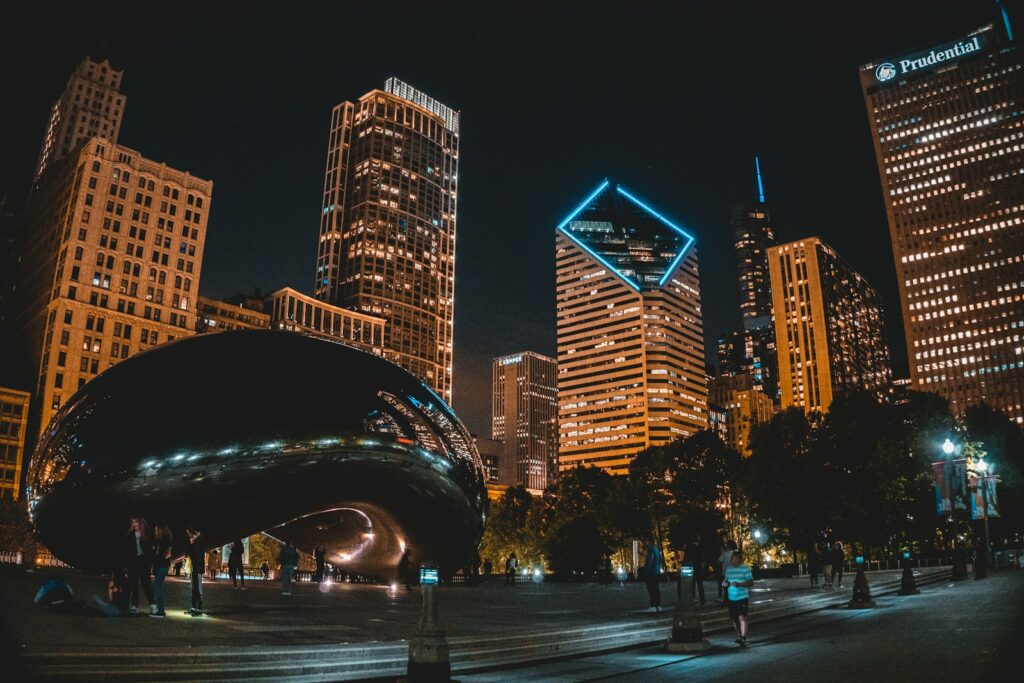
Rebuilt after the Great Fire of 1871, Chicago’s downtown, known as “The Loop,” became a model of modern urban planning. Wide sidewalks, iconic architecture, and the elevated “L” train create a uniquely dynamic walking experience. Millennium Park, completed in 2004, anchors the area with green space and public art, including the famous Cloud Gate. Whether exploring State Street shopping or the Riverwalk’s cafes, downtown Chicago feels energetic, monumental, and easy to navigate on foot.
7. Burlington, Vermont
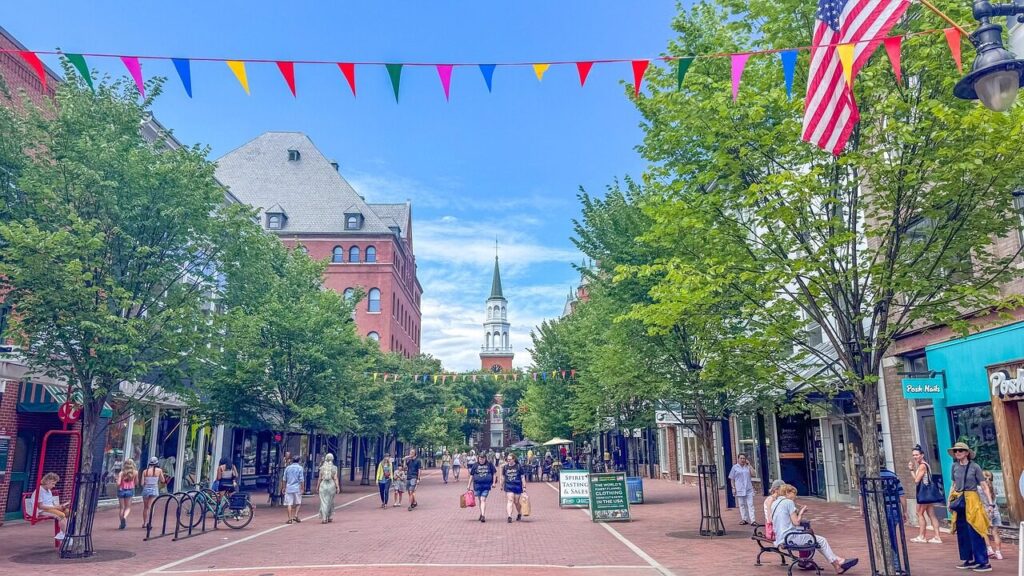
Burlington’s walkable downtown was developed in the early 1800s and gained renewed life in 1981 when the Church Street Marketplace opened as a pedestrian-only zone. Four blocks of shops, cafés, and local artisans give the area a European-style vibrancy. Overlooking Lake Champlain, downtown Burlington combines New England charm with environmental consciousness, bike racks, bus access, and green spaces abound. Every corner hums with local music, fresh food, and friendly, small-town energy perfect for exploring at leisure.
8. Austin, Texas
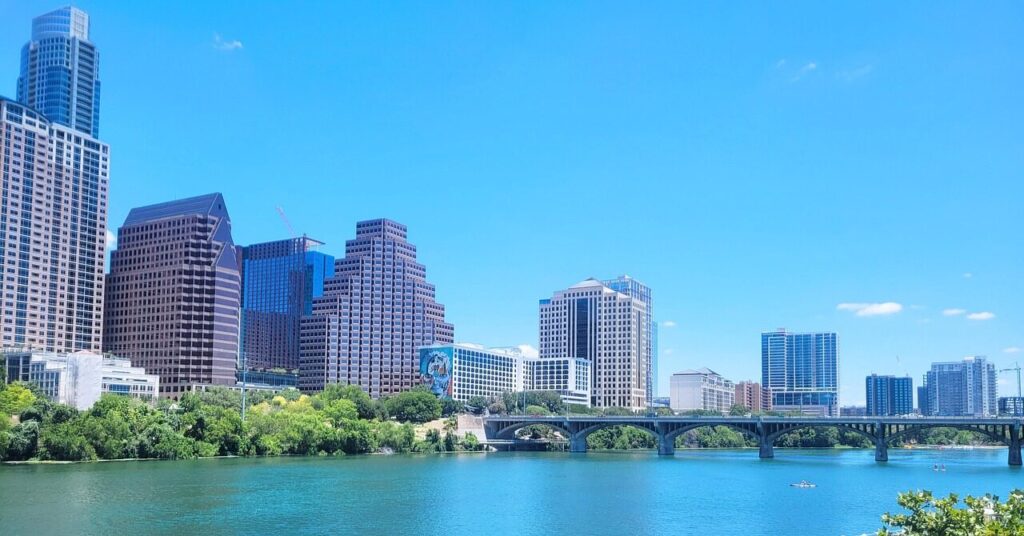
Downtown Austin evolved rapidly after World War II, but its pedestrian revival began in the 2000s with a wave of new residential and cultural projects. Sixth Street remains the heart of live music, while the revitalized Second Street District adds boutiques and eateries within easy walking distance. The Ann and Roy Butler Trail along Lady Bird Lake connects downtown’s core to tranquil waterfront views. Today, Austin’s walkable center blends Texan soul, art, and rhythm into every street corner.
9. Santa Fe, New Mexico
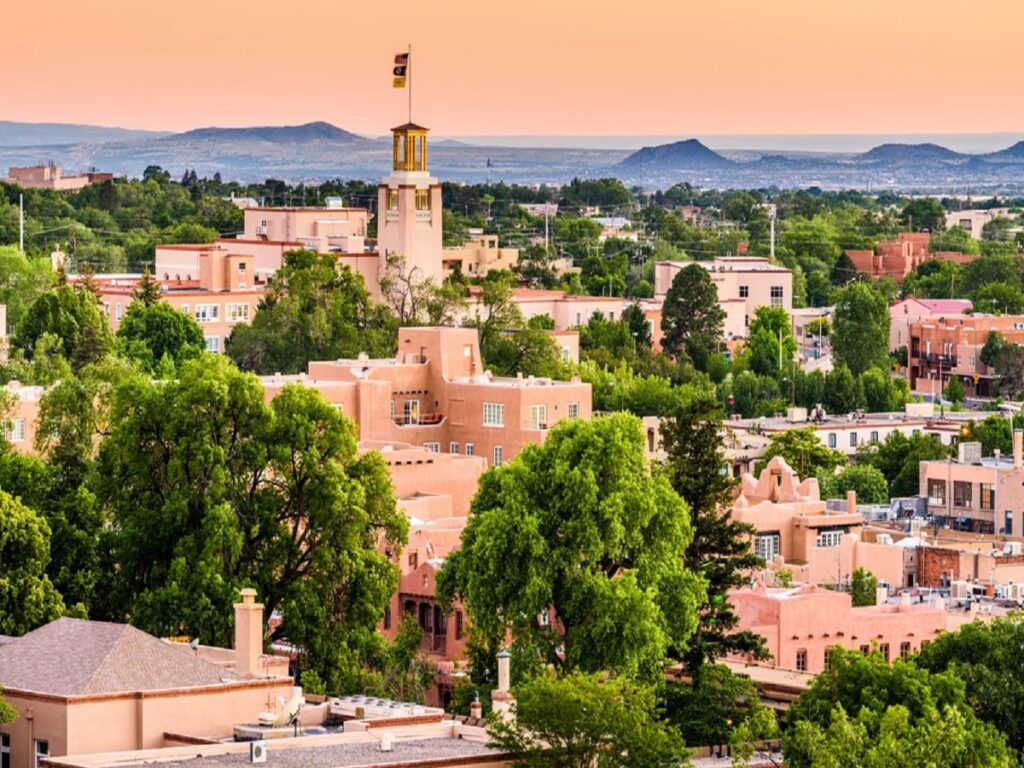
Founded in 1610, Santa Fe’s downtown is a maze of adobe buildings, art galleries, and centuries-old plazas. The historic core was preserved through careful ordinances introduced in 1957 that required the Pueblo Revival style, keeping its charm intact. You can walk from the Plaza to Canyon Road’s art district within minutes, surrounded by mountain air and turquoise storefronts. Every step through downtown Santa Fe feels like wandering through layers of culture, history, and creativity.
10. Denver, Colorado
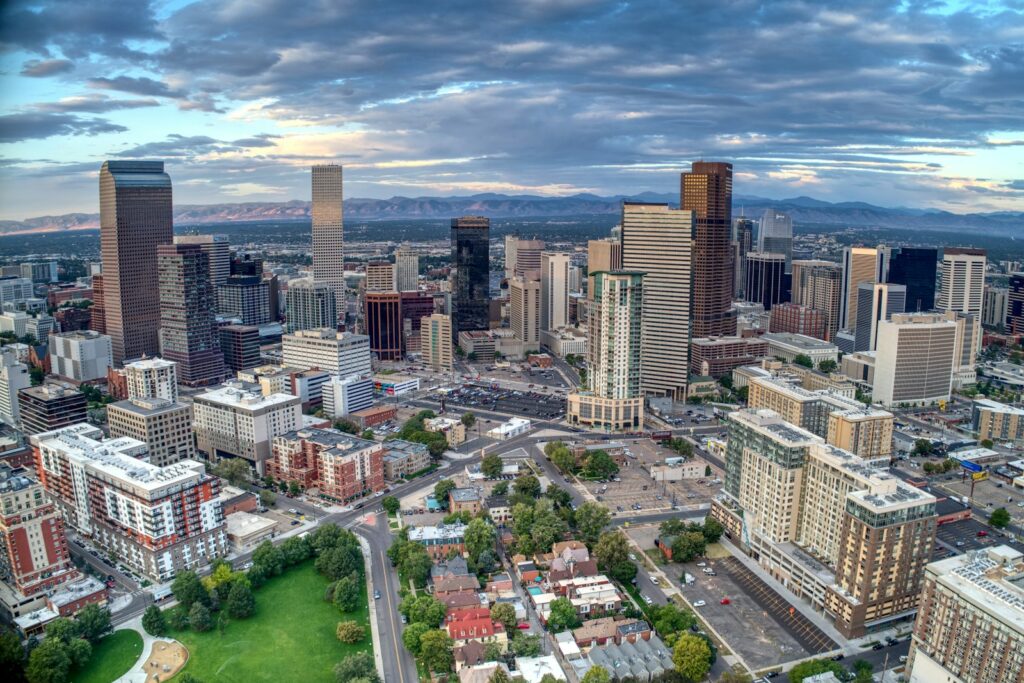
Denver’s downtown traces back to its 1858 gold-rush beginnings, but its modern walkability came from a 1982 project, the 16th Street Mall. Designed by I.M. Pei, the mile-long pedestrian promenade remains one of the most successful urban renewals in America. Lined with trees, cafes, and free shuttles, it connects Union Station to the State Capitol. The mix of mountain views, historic warehouses, and buzzing breweries makes downtown Denver a perfect blend of Western grit and urban ease.
Comments